Earphones
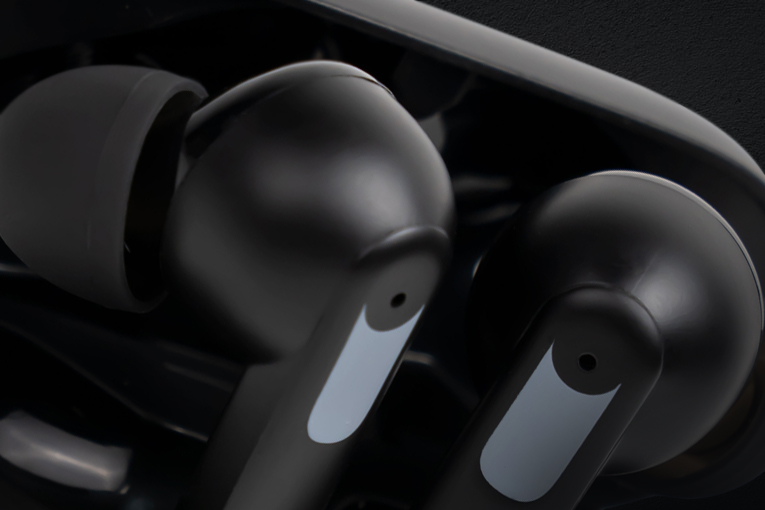
- Details
- Written by: Brent Butterworth
Sound: 









Value: 









(Read about our ratings)
Measurements can be found by clicking this link.
I get pitches to review new true wireless earphones almost every day. Most seem like perfectly fine products, but there’s nothing special enough about them to warrant a review. The AXS Audio Professional Earbuds ($149, all prices USD) don’t look any different from most other true wireless earphones, but their pedigree got me interested. They’re made by a team who formerly led Riva Audio, which built some of the best Bluetooth speakers yet made.
Read more: AXS Audio Professional Earbuds True Wireless Earphones
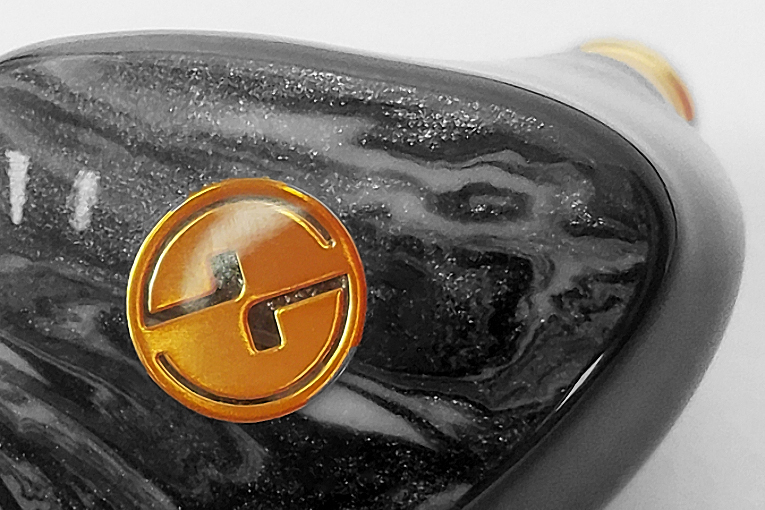
- Details
- Written by: Brent Butterworth
Sound: 









Value: 









(Read about our ratings)
Measurements can be found by clicking this link.
 The TinHiFi T3 Plus earphones will be the last of the “Chi-Fi” models I’ll review for a while—and they’re in many ways the most interesting, because they’re the priciest of the bunch (typically $79.99 USD) and also the simplest, with just one 10mm dynamic driver per earpiece. This bare-bones design sets the T3 Pluses in stark contrast to earphones such as the CCA C10s, KZ x Crinacle CRNs, and NiceHCK DB3s, which are $30 to $50 less expensive yet have far more drivers—three per earpiece for the latter two, and five per earpiece for the C10s.
The TinHiFi T3 Plus earphones will be the last of the “Chi-Fi” models I’ll review for a while—and they’re in many ways the most interesting, because they’re the priciest of the bunch (typically $79.99 USD) and also the simplest, with just one 10mm dynamic driver per earpiece. This bare-bones design sets the T3 Pluses in stark contrast to earphones such as the CCA C10s, KZ x Crinacle CRNs, and NiceHCK DB3s, which are $30 to $50 less expensive yet have far more drivers—three per earpiece for the latter two, and five per earpiece for the C10s.
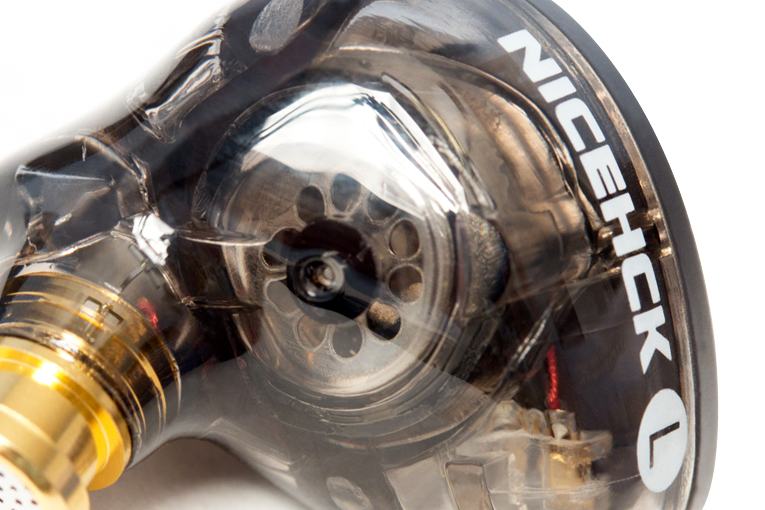
- Details
- Written by: Brent Butterworth
Sound: 









Value: 









(Read about our ratings)
Measurements can be found by clicking this link.
 I first got excited about high-end audio in the hospital. I was on an IV for a week, and a fellow editor at Video magazine brought me copies of The Absolute Sound, Stereophile, and HiFi Heretic magazine. The first two I had a hard time relating to, but HiFi Heretic hooked me with its passion and its real-world attitude; the mag’s name referred to the founder’s rejection of the notion that you have to spend a fortune to get good sound. My recent reviews of affordable “Chi-Fi” earphones—the CCA C10s, KZ x Crinacle CRNs, and now the NiceHCK DB3s—have brought back some of that excitement I felt 30 years ago.
I first got excited about high-end audio in the hospital. I was on an IV for a week, and a fellow editor at Video magazine brought me copies of The Absolute Sound, Stereophile, and HiFi Heretic magazine. The first two I had a hard time relating to, but HiFi Heretic hooked me with its passion and its real-world attitude; the mag’s name referred to the founder’s rejection of the notion that you have to spend a fortune to get good sound. My recent reviews of affordable “Chi-Fi” earphones—the CCA C10s, KZ x Crinacle CRNs, and now the NiceHCK DB3s—have brought back some of that excitement I felt 30 years ago.
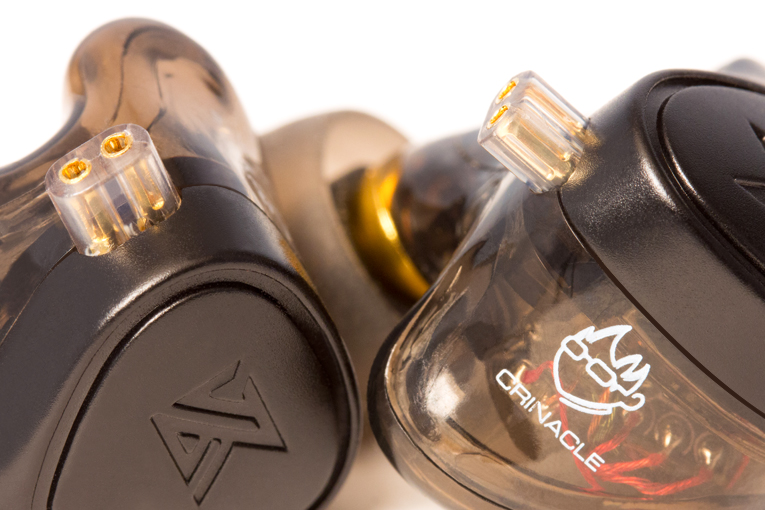
- Details
- Written by: Brent Butterworth
Sound: 









Value: 









(Read about our ratings)
Measurements can be found by clicking this link.
 Reviewing the CCA C10 earphones a few months ago led me down a rabbit hole—and I’m glad it did. The CCA C10s incorporate four balanced-armature drivers and one dynamic bass driver per earpiece, yet they cost just $40.99 (all prices USD). After I ordered those from Amazon, I noticed another “Chi-Fi” model that was perhaps even more appealing: the KZ x Crinacle CRN earphones. Initially known as the ZEX-Pro earphones, the $38.99 (and often lower on Amazon) CRNs incorporate a single balanced-armature tweeter, a 10mm dynamic driver for the bass, and an electret electrostatic driver (basically a miniaturized, permanently charged version of the giant panel drivers found in MartinLogan and Quad planar speakers) for the mids.
Reviewing the CCA C10 earphones a few months ago led me down a rabbit hole—and I’m glad it did. The CCA C10s incorporate four balanced-armature drivers and one dynamic bass driver per earpiece, yet they cost just $40.99 (all prices USD). After I ordered those from Amazon, I noticed another “Chi-Fi” model that was perhaps even more appealing: the KZ x Crinacle CRN earphones. Initially known as the ZEX-Pro earphones, the $38.99 (and often lower on Amazon) CRNs incorporate a single balanced-armature tweeter, a 10mm dynamic driver for the bass, and an electret electrostatic driver (basically a miniaturized, permanently charged version of the giant panel drivers found in MartinLogan and Quad planar speakers) for the mids.
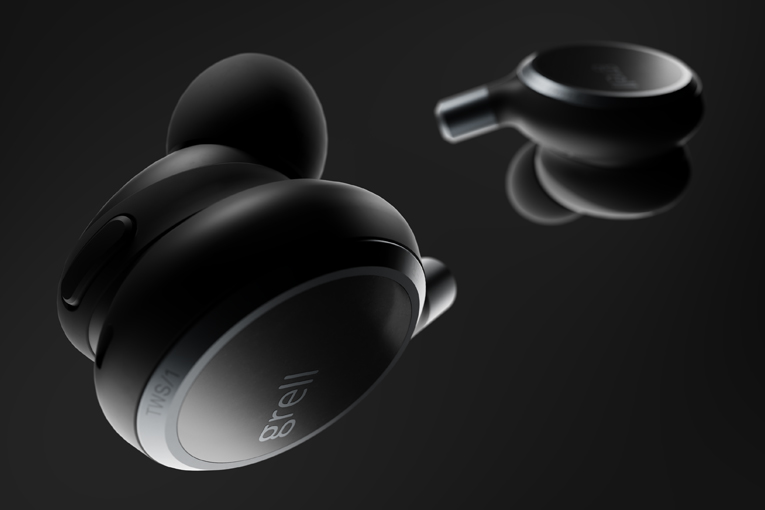
- Details
- Written by: Brent Butterworth
Sound: 









Value: 









(Read about our ratings)
Measurements can be found by clicking this link.
These days, when someone tells me there’s a new brand of true wireless earphones, I assume it’s just a few people in an office somewhere in Southern California, getting their logo slapped onto a generic design from a Chinese factory, with barely a clue about how earphones are designed and tuned. Grell Audio is exactly the opposite. It was founded by Axel Grell, a guy with 30-plus years of experience designing headphones and earphones—most notably for Sennheiser, where he designed, among other models, the top-of-the-line HD 800s. The TWS/1 true wirelesses ($199.99, all prices USD) are the first earphones he’s offered under his own name.
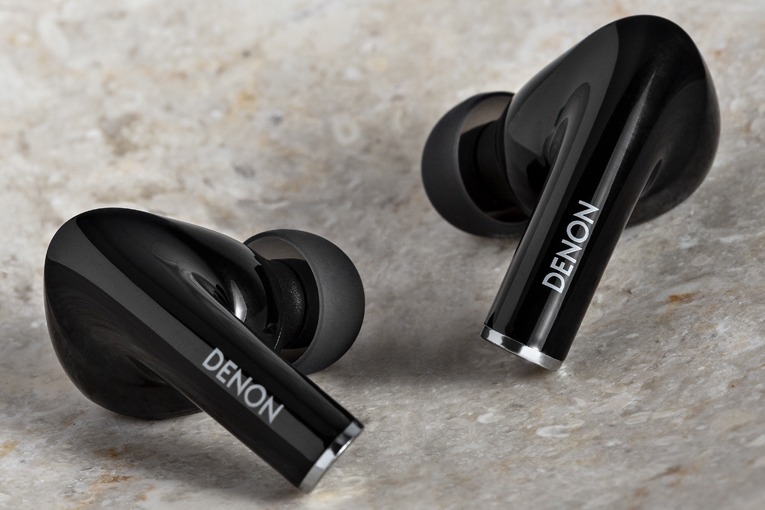
- Details
- Written by: Brent Butterworth
Sound: 









Value: 









(Read about our ratings)
Measurements can be found by clicking this link.
True wireless earphones aren’t literally a dime a dozen—not yet, anyway. But even though SoundStage! Solo targets audiophiles, and I thus review only a few true wireless models a year, I’d say I get at least three pitches per week to review new true wireless models. Many of these loosely resemble Apple AirPods, but are priced much lower, often less than $50, sometimes as low as $20. Denon’s AH-C830NCW earphones definitely look like AirPods, but at $159 (all prices in USD), they’re not inexpensive. What, I wondered, might Denon be thinking, launching what looks like a generic model at a—well, not expensive, but certainly not inexpensive, price?
- CCA C10 Earphones
- Campfire Audio Holocene Earphones
- Etymotic Evo Earphones
- Shure Aonic 215 Gen 2 True Wireless Earphones
- 64 Audio Duo Earphones
- Campfire Audio Honeydew Earphones
- Campfire Audio Satsuma Earphones
- Sony WF-1000XM4 True Wireless Earphones
- 64 Audio U6t Earphones
- Bowers & Wilkins P17 True Wireless Earphones
- ISOtunes Free True Wireless Earphones
- EarFun Free 2 True Wireless Earphones
- KEF Mu3 True Wireless Earphones
- 64 Audio Nio Earphones
- Sennheiser IE 300 Earphones
- Status Audio Between Pro True Wireless Earphones
- Audeze Euclid Earphones
- Grado GT220 True Wireless Earphones
- Shure Aonic 5 Earphones
- Technics EAH-TZ700 Earphones
- Technics EAH-AZ70W True Wireless Earphones
- EarFun Air True Wireless Earphones
- EarSonics Stark Earphones
- EarSonics Purple Earphones
- Edifier TWS6 True Wireless Earphones
- JVC HA-FW01 Earphones
- oBravo Cupid Earphones
- Atlantic Technology FS-HAL1 Earphones
- Meze Audio Rai Penta Earphones
- Soundcore Liberty 2 Pro True Wireless Earphones
- EarFun Free True Wireless Earphones
- Simgot EK3 Earphones
- Ausounds AU-Flex ANC Bluetooth Earphones
- MEE Audio MX4 Pro Earphones
- HiFiMan TWS600 True Wireless Earphones
- Periodic Audio Carbon Earphones
- Campfire Audio IO Earphones
- Cambridge Audio Melomania 1 True Wireless Earphones
- Simgot EN700 Pro Earphones
- 1More E1026BT-I Stylish True Wireless Earphones
- Sennheiser Momentum True Wireless Earphones
- Akoustyx R-220 Earphones
- Campfire Audio Solaris Earphones
- Acoustic Research AR-E010 Earphones
- Fidue A85 Virgo Earphones
- PSB M4U TW1 Bluetooth Earphones
- Sennheiser HD 1 Free Bluetooth Earphones
- Campfire Audio Comet Earphones
- Massdrop x NuForce EDC3 Earphones
- Monoprice Monolith M300 Earphones
- Brainwavz B200 Earphones
- 1More Quad Driver Earphones
- Audeze iSine10 Earphones
- Audiofly AF1120 Earphones
- Optoma NuForce HEM8 Earphones
- Focal Sphear Earphones
- Klipsch Reference X20i Earphones
- RBH Sound EP3 Earphones
- PSB M4U 4 Earphones
- Phiaton MS 100 BA Earphones
- Marshall Headphones Mode EQ Earphones
SoundStage! Solo is part of
All contents available on this website are copyrighted by SoundStage!® and Schneider Publishing Inc., unless otherwise noted. All rights reserved.
This site was designed by Karen Fanas and the SoundStage! team.
To contact us, please e-mail info@soundstagenetwork.com





